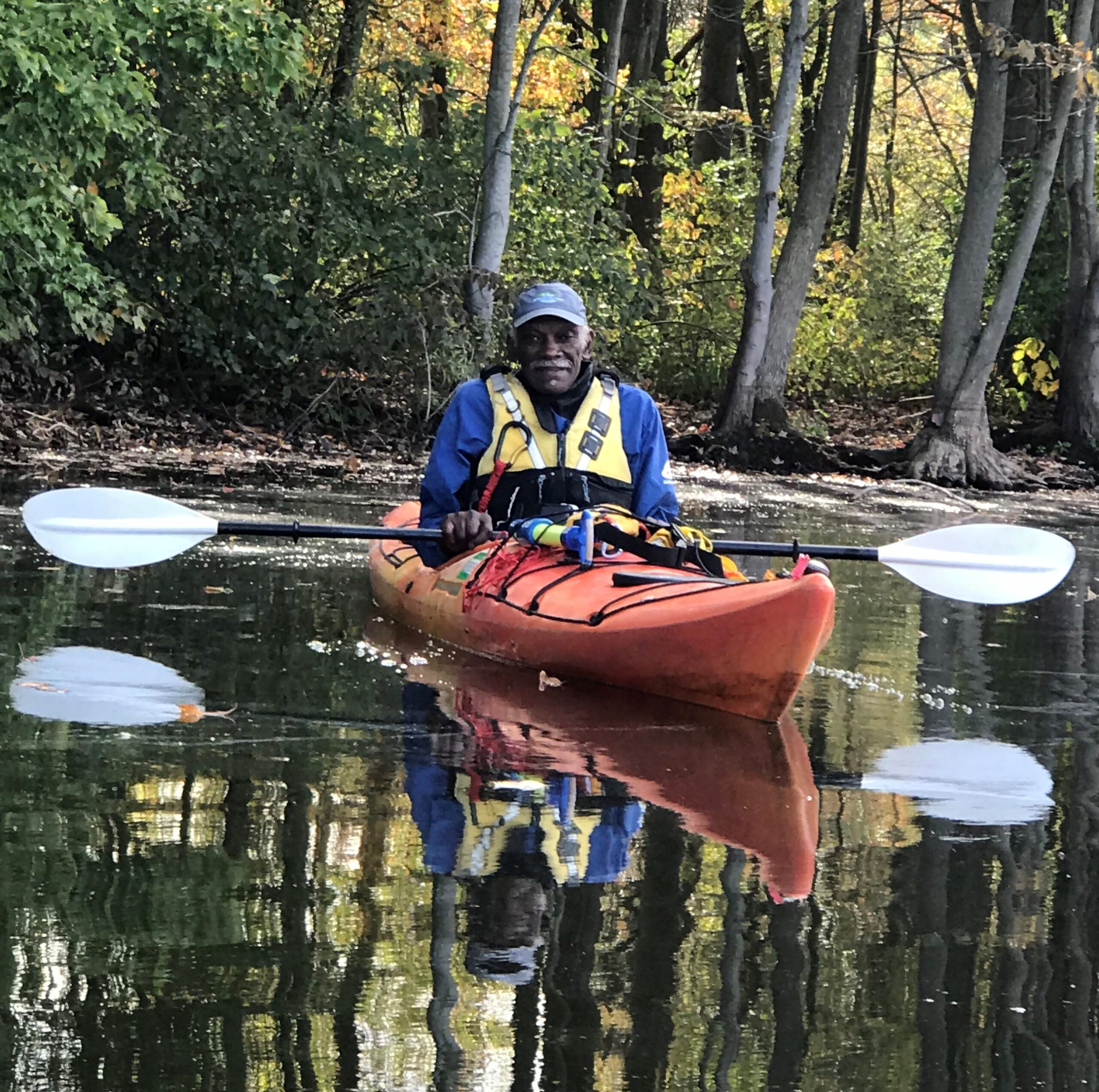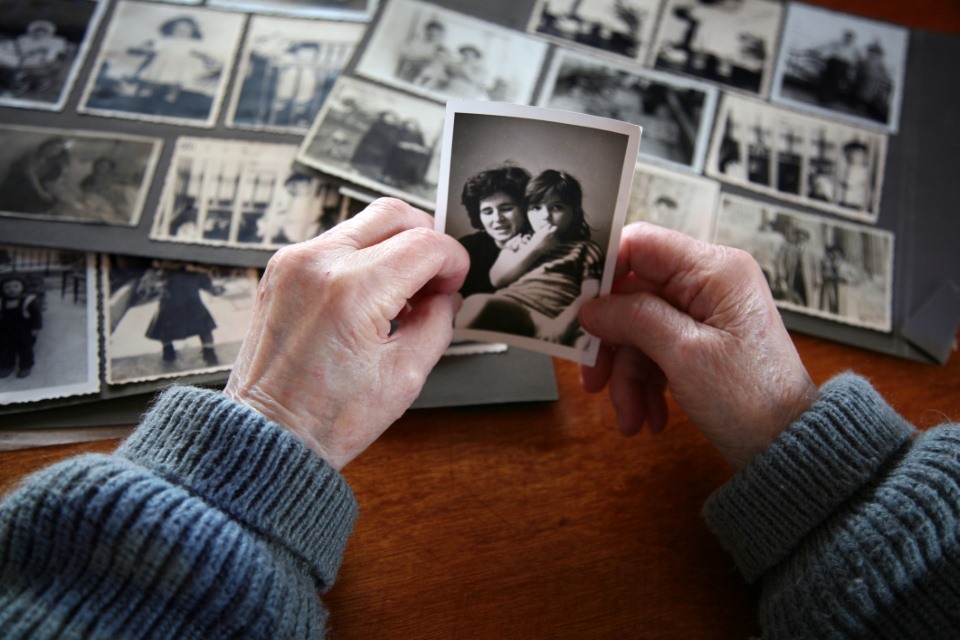‘Ballot Box’ exhibit chronicles women’s struggles to vote
For many years, only free white men who owned property could vote. “Ballot Box: America’s Fight for the Vote,” a free exhibition at the Union League of Philadelphia, chronicles the struggle, chiefly of women and Blacks, to gain the right to vote. Women’s History Month in March seems an apt time to view the pictures and memorabilia from that long fight.
“The Constitution left it to each state to decide who could vote,” said John Keto, Jr., executive director of the Union League Legacy Foundation and Library. By 1900, “In most western states, women could vote.”
At that time, there weren’t enough women in that region, and it was felt that the vote could encourage them to come. One image shows women lining up to vote in Cheyenne, Wyoming, in 1888.
The exhibit features many striking images:
- Black journalist and suffragist Ida B. Wells with her four children.
- Philadelphia Quaker abolitionist and women’s rights activist Lucretia Mott, who in July 1848, along with Elizabeth Cady Stanton, called for the famous women’s rights convention in Seneca Falls, New York.
- Quaker suffragist Alice Paul, from Mt. Laurel, New Jersey, toasting the ratification of the 19th Amendment in 1920, which gave all women in America the right to vote.
In addition, the exhibition shows “Bloody Sunday,” the March 7, 1965 voting-rights march from Selma toward Montgomery, Alabama, in which state troopers beat unarmed marchers, including women.
A video, showing President Lyndon Johnson signing the 1965 Voting Rights Acts, caps the exhibition.
“Ballot Box: America’s Fight for the Vote ” is on display at the Union League of Philadelphia, 140 South Broad St. The exhibition is free and open to the public on Tuesdays and Thursdays, from 3-6 p.m., and the second Saturday of every month, from 1-4 p.m. For information, call 215-587-5596 or email legacyfoundation@unionleague.com.




